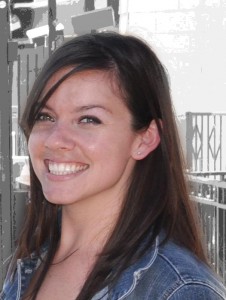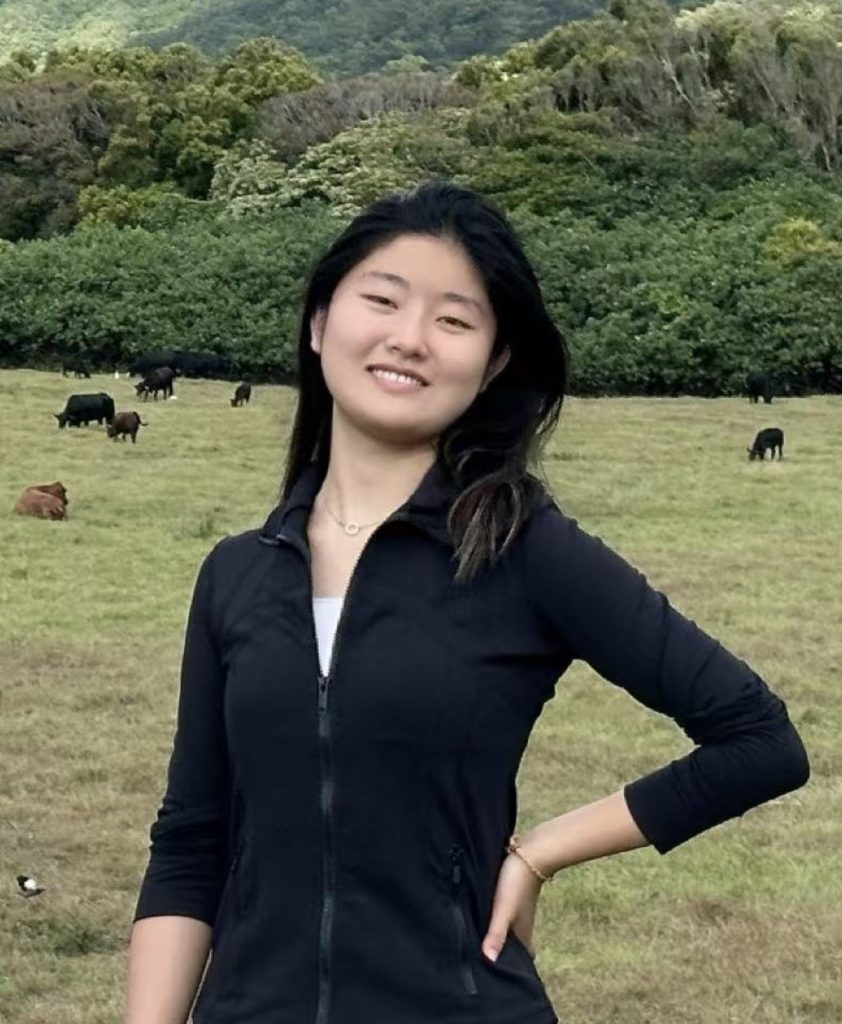Title: MD/PhD Student
Email: NYan@nullmednet.ucla.edu
Education:
B.S., Molecular and Cellular Biology, Johns Hopkins University (2019)
Biography
I’m an MD/PhD student primarily interested in studying how changes in macrophage signaling affect cellular functions. My clinical interests are in Psychiatry and immune dysregulation in psychiatric illness.

TITLE: Graduate Student (PhD)
PROGRAM: Microbiology, Immunology, and Molecular Genetics (MIMG) (2014 – 2019)
EMAIL: kango@nullucla.edu
OFFICE: Boyer Hall 570
PHONE: 310-794-9970
EDUCATION:
M.S. in Chemistry, UC San Diego – 2013
B.S. in Pharmacological Chemistry, UC San Diego – 2008
Biography
My research is focused on understanding the mechanisms underlying the activation of gene transcription by NFκB RelA subunit. This is done by elucidating specific attributes of RelA that contribute to its ability to activate and regulate inflammatory gene expression programs by employing a panel of RelA mutations and examining their impact on transcription. By using biochemical analysis, mathematical model-aided analysis approach, RNA and ChIP-seq analyses, we find specialized, non-overlapping functions in DNA binding and transcriptional activation in RelA. My hobbies include playing beach volleyball, badminton, baking, and volunteering for Buddhist temple events.
Awards and Fellowships
MIMG Warsaw Fellowship, 2017-2018
Sidney Rittenberg Award, 2015
Publications
Fortmann KT, Lewis RD, Ngo KA, Fagerlund R, Hoffmann A. 2015. “A Regulated, Ubiquitin-Independent Degron in IκBα.” Journal of Molecular Biology. PMID: 26191773
Tsui R, Kearns JD, Lynch C, Vu D, Ngo KA, Basak S, Ghosh G, Hoffmann A. 2015. “IκBβ enhances the generation of the low-affinity NFκB/RelA homodimer.” Nature Communications. PMID: 25946967.
Almaden JV, Tsui R, Liu YC, Birnbaum H, Shokhirev MN, Ngo KA, Davis-Turak JC, Otero D, Basak S, Rickert RC, Hoffmann A. 2014. “A pathway switch directs BAFF signaling to distinct NFκB transcription factors in maturing and proliferating B cells”. Cell Reports. PMID: 25497099
Staff Research Associate & Director of SDCSB Next Gen Gene Expression Analysis Core
birnbaumharry@nullgmail.com
Office: NSB 3209
Phone: 610-764-6695
B.A. Mathematics, University of Pennsylvania – 2012
More about the Next-Gen Gene Expression Core
Publications:
Mukherjee, S.P., Behar, M., Birnbaum, H.A, Hoffmann, A., Wright, P.E., Ghosh, G.
Analysis of the RelA:CBP/p300 interaction reveals its involvement in NFkB-driven transcription
PLOS Biology, 11:e1001647
Jesse Aiden Daniel Vargas

TITLE: Asst. Project Scientist & Director of Light Microscopy
EMAIL: jadvargas@nullucla.edu
OFFICE: Boyer 570
EDUCATION:
Ph.D. Biology, The Salk Institute | University of California, San Diego – 2012
M.S. Molecular and Cellular Physiology, Southern Illinois University – 2007
B.S. Biological Sciences, University of California, Irvine – 2003
B.S. Chemistry, University of California, Irvine – 2003
Research Interests
My current research interests are in developing image based assays for mammalian cell signaling systems that utilized live-cell approaches to view signaling events in real time at a single cell level to reveal events and mechanisms obscured by population averaging biochemical approaches. I am interesting in assays with workflows amenable to automation that can be used to generate functional data for the design and validation of mathematical models of gene regulatory networks.
Publications
| Citation |
Link |
| Transient nuclear envelope rupture during interphase in human cancer cells. Nucleus 2012 |
PubMed |
| Recruitment of functionally distinct membrane proteins to chromatin mediates nuclear envelope formation in vivo. JCB 2009 |
PubMed |
| Type 2 intramolecular nitroso Diels-Alder reaction. Synthesis and structure of bridgehead oxazinolactams. Org. Lett. 2000 |
PubMed |
|
|
Hobbies | Activities
In my spare time I try to stay fit doing judo 柔道 or gymnastics or playing volleyball at the beach. I also am a photography enthusiast and spend a lot of time taking random pictures of buildings or landscapes that catch my eye. I’m a Mac.

TITLE: Postdoctoral scholar
EMAIL: b4taylor@nullucla.edu
OFFICE: Boyer 570
EDUCATION:
B.S. (Biomedical Engineering) University of Virginia (2009)
Ph.D. (Bioengineering) University of California San Diego (2015)
Research Interests
NF-κB controls some of the most potent antiviral and antibacterial machinery that mammalian cells possess. It’s activated by hundreds of different signals, be they exogenous, endogenous, or synthetic. Tens of negative feedback regulators of NF-κB have been identified, which all serve to attenuate its activity. And while proper activation of NF-κB is a hallmark of a functional inflammatory response, improper activation is associated with pathologies in conditions ranging from Alzheimer’s to cancer to atherosclerosis.
We’ve seen tantalizing glimpses that NF-κB activates via intricately-controlled dynamics of translocation to and from the nucleus, and it’s been hypothesized that these patterns might convey information, allowing a cell to discriminate between different inputs using this single transcription factor. However, we’re still unclear on what these specific dynamic codes are, and how the information they convey might be decoded by the cell.
Using single-cell microscopy and automated tracking and measurement, I’m hoping to help crack the NF-κB dynamical code. I think it’s likely that NF-κB dynamics can convey information, not just about the nature of a particular stimulus, but about the disease state of a cell. Knowing what healthy and aberrant NF-κB dynamics look like (and even how to modulate one into the other) could afford new windows into both diagnosis and treatment.
Publications
Selimkhanov J*, Taylor B*, Yao J, et al. Accurate information transmission through dynamic biochemical signaling networks. Science. 2014; 346(6215):1370-1373.
Cheng Z*, Taylor B*, Ourthiague DR, Hoffmann A. Distinct single-cell signaling characteristics are conferred by the MyD88 and TRIF pathways during TLR4 activation. Sci Signal. 2015; 8(385):1-13.
(* denotes equal contribution)
Chemistry & Biochemistry Graduate Student (2009-)
Office: NSB 3318
Phone: 858-822-4673
B.S. Cellular & Molecular Biology, San Diego State University 2009
Research Interests
Coming soon.
Chemistry and Biochemistry Graduate Student (2009-)
 Office: NSB 4318
Office: NSB 4318
Phone: 858-822-4673
B.S. Chemistry, Boston University 2009
Research Interests
I am interested in the dynamic encoding of stimulus specificity in the canonical NFκB pathway.












